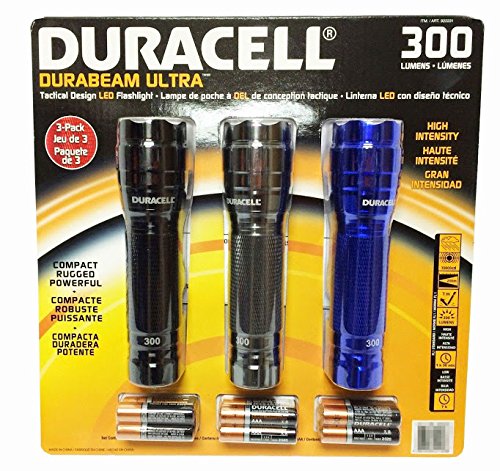I might have bought a set (3 pack) at Costco over a decade ago, but still have one. I don’t believe they were made by Duracell, but they are licensed and packaged with Duracell AAAs. Lost one, another was damaged, but one still works. The only issue is that if I place a set of charged batteries (I use Eneloop) and store them, once I try turning it on it might flash a few times and go dark. Wasn’t sure if it was just me, but I found this:
Before I found this, I would store them with the cap loosened. Seems that the mechanism is still draining while the circuit is completed. It’s some sort of active electronics and not a mechanical switch. But I’ve used lights like that which didn’t burn through battery charge that quickly.
Specifically, these flashlights are defective in that they continuously and rapidly drain the installed batteries when their LED lights are switched OFF, thus causing the batteries stored inside these flashlights to become fully depleted and dead, in less than 30 days, instead of the 10- year advertised storage lifespan for the Duracell batteries sold with these flashlights or the replacement batteries sold separately.”
Before I found this, I would store them with the cap loosened. Seems that the mechanism is still draining while the circuit is completed. It’s some sort of active electronics and not a mechanical switch. But I’ve used lights like that which didn’t burn through battery charge that quickly.


